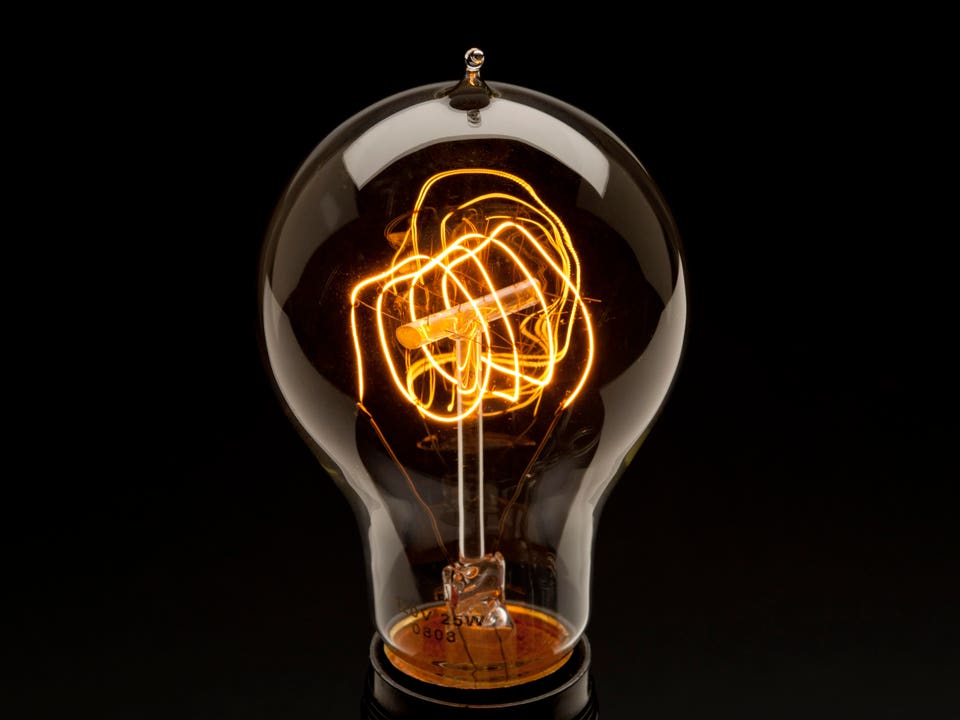Stuart C. Wilson/Getty Images
J.K. Rowling’s supporters frequently claim the author has never actually said or done anything transphobic. It’s a position you can see on social media, in the pages of the New York Times, and even on a new podcast with Rowling herself. It’s also an easily debunked lie. Some of this confusion around Rowling’s opinions can be cleared up with a definition of transphobia, which doesn’t — despite the “phobia”….Continue reading…
By
Source: Vox
.
Critics:
Transphobia consists of negative attitudes, feelings, or actions towards transgender people or transness in general. Transphobia can include fear, aversion, hatred, violence or anger towards people who do not conform to social gender roles. Transphobia is a type of prejudice and discrimination, similar to racism, sexism, or ableism, and it is closely associated with homophobia.
People of color who are transgender experience discrimination above and beyond that which can be explained as a simple combination of transphobia and racism. Transgender youth often experience a combination of abuse from family members, sexual harassment, and bullying or school violence. They are also disproportionately placed in foster care and welfare programs compared to their peers.
Adult transgender people regularly encounter sexual violence, police violence, public ridicule, misgendering, or other forms of violence and harassment in their daily lives. These issues cause many trans people to feel unsafe in public. Other issues include healthcare discrimination, workplace discrimination or feeling under siege by conservative political or religious groups who oppose LGBT-rights laws. Discrimination and violence sometimes originates from people within the LGBT community or feminist movements.
As well as increased risk of violence and other threats, the stress created by transphobia causes negative mental health outcomes and lead to drug use disorders, running away from home (in minors), and suicide. In much of the Western world, there has been a gradual establishment of policies combatting discrimination and supporting equal opportunity in all aspects of life since the 1990s. The trend is also taking shape in some developing nations.
In addition, campaigns regarding the LGBT community are being spread around the world to improve social acceptance of nontraditional gender identities. The “Stop the Stigma” campaign by the UN is one such example.However, transphobic violence has been on the rise since 2021, accompanied with an increase in anti-trans discriminatory laws being enacted in many parts of the US and other countries.
Transfeminist theorist and author Julia Serano argues that the root of transphobia is “oppositional sexism”, i.e. the belief that male and female are “rigid, mutually exclusive categories, each possessing a unique and nonoverlapping set of attributes, aptitudes, abilities, and desires”. She contrasts this against the belief that males and masculinity are superior to females and femininity along with people’s insecurities about gender and gender norms, which she calls “traditional sexism”.
Other transgender rights authors argue that a significant part of the oppositional sexist origin of transphobia and violence towards transsexual people is linked to psychological claims of difference between male sexuality and female sexuality in the brain’s protection mechanisms from committing sex crimes.
These authors argue that the paradigm of acceptable sexual behavior that assumes men’s sexual arousal is category-specific and women’s sex drive is lower and more inhibited causes allegations that transsexual people have neither safety system in the brain and are therefore sex criminals. They argue that studies that claim to show such sex differences have flaws, such as the possibility that more men are deterred from participating in sexual arousal studies than women due to fear of being alleged to be inappropriately sexually aroused.
Others have argued that hostility towards transgender identity is in part due to the challenge it poses to the idea that gender is based on observable physical and behavioral characteristics determined at birth. Rad and colleagues surveyed a sample of 1323 American adults, asking them to identify the gender of transgender people who medically transitioned, finding that the type of transition procedure mattered but its direction did not.
Specifically, biological changes resulted in the target being more identified with their self-identified gender than their birth-assigned gender, but there were no significant differences between male-to-female and female-to-male transitions. Moreover, compared to male test subjects, female test subjects were more likely to identify the targets as their self-identified gender. This gender difference was larger in younger, more liberal, and less religious non-Midwestern respondents.
The authors further showed that gender category beliefs (ratings of the transgender person’s post-transition gender identity) were strongly associated with attitudes and feelings of warmth towards transgender people. However, gender category beliefs performed better in predicting bathroom policy preferences compared to feelings in unseen data, indicating that beliefs about what gender is and how it is determined are significantly linked to transphobia and support for anti-transgender policies.
The authors argue that this pattern is consistent with theories that transphobia is rooted in a hierarchical social classification system where low-status groups (e.g., females) view the hierarchy in less essentialist ways than high-status groups (e.g., males).






Leave a Reply